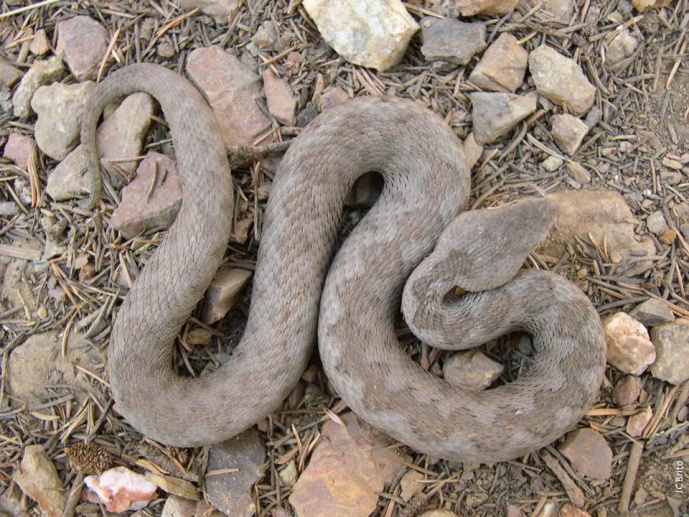Estado de conservación y estructura genética de la víbora hocicuda (Vipera latastei) y la víbora del magreb (Daboia mauritanica) en el Norte de África
Climate change and landscape transformation are main causes of global biodiversity loss. The identification of ecological requirements and genetic structure of species are key elements for tackling coherent conservation strategies.
North Africa has been identified as one of the most vulnerable areas to climate change. Prognosticated increase of temperature and decrease of precipitation for this region should induce severe range reductions for Mediterranean habitats and increase of arid regions. Moreover, Mediterranean habitats have been deeply modified by human population, both in past (e.g. agriculture) and current (e.g. intensive agriculture, urbanization, infrastructures) times. In North Africa, viper species (Reptilia, Viperinae) are among the most endangered groups. This group constitutes an excellent biological system for studying biogeographical patterns and inferring adaptive responses to climate and habitat changes. In this study, it is proposed to infer the genetic structure and conservation status of the Lataste´s viper, Vipera latastei Boscá 1878, and the Moorish viper, Daboia mauritanica (Duméril & Bibron, 1848), in North Africa. V. latastei and D. mauritanica present unresolved genetic relationships with closely related species (V. monticola and D. deserti, respectively) and are threatened by human induced factors.
The project aims to achieve three main objectives: (1) obtaining new presence records and tissue samples through field-work missions to Morocco, (2) sequencing and comparing mitochondrial DNA fragments obtained from currently available tissue samples and those obtained during field work campaigns, and (3) deriving ecological niche-based models for resulted clades within North Africa populations for current climatic conditions and projecting ecological models for past and future climatic conditions. The identification of conservation units based on genetic realms will allow updating the conservation status of both species, as well as, the development of conservation management strategies.


